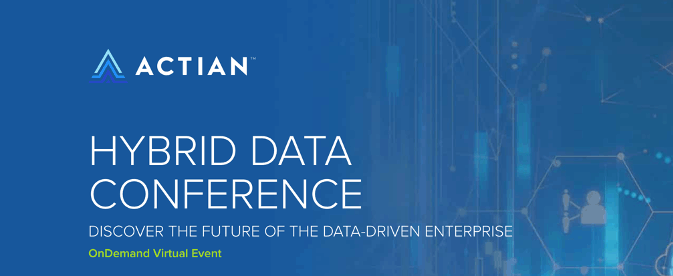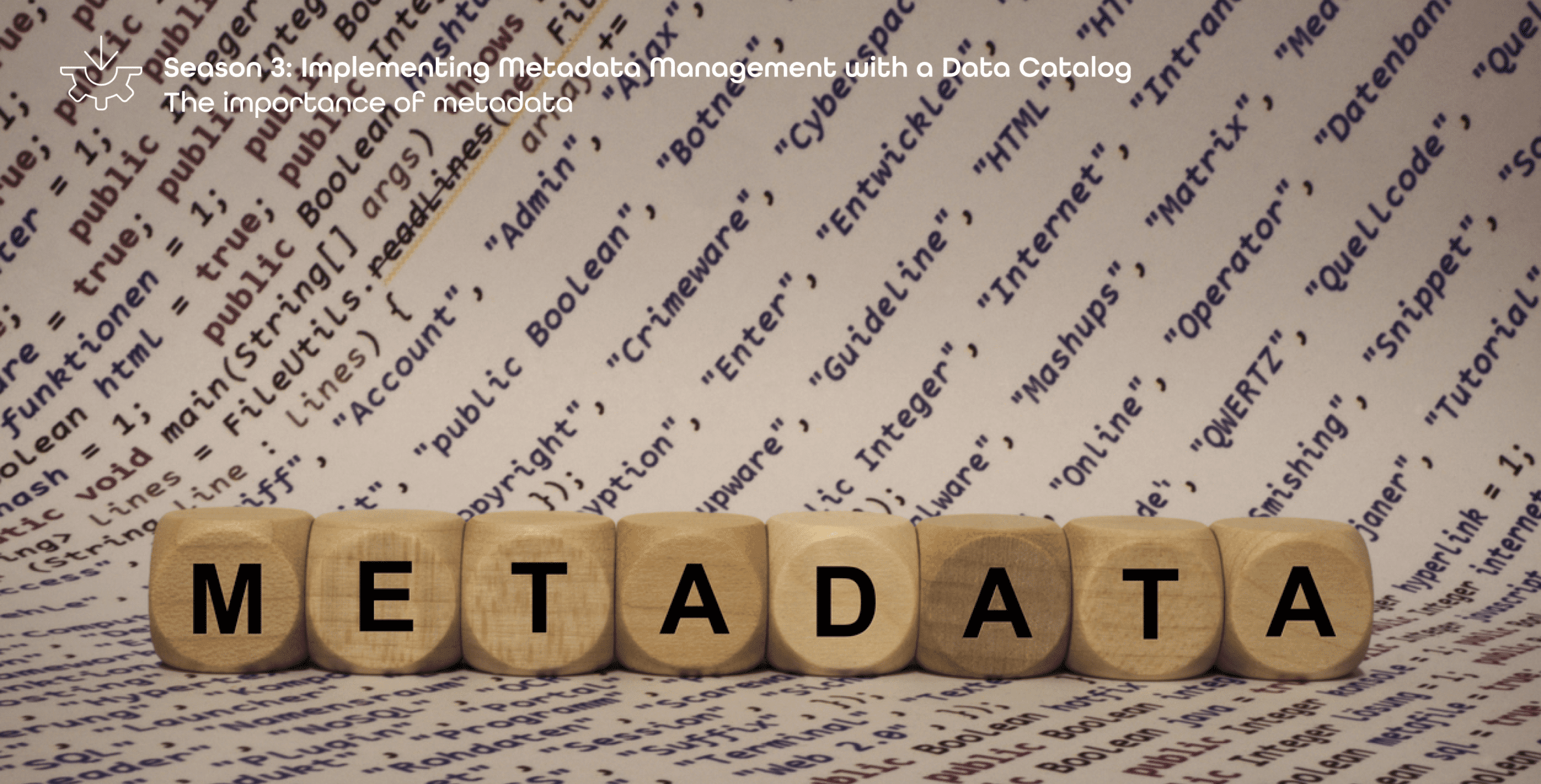Data Lakes: The Benefits and Challenges
Actian Corporation
June 24, 2021

Data Lakes are increasingly used by companies for storing their enterprise data. However, storing large quantities of data in a variety of formats can lead to data chaos! Let’s take a look at the pros and cons of Data Lakes.
To understand what a Data Lake is, let’s imagine a reservoir or a water retention basin that runs alongside the road. Regardless of the type of data, its origin, its purpose, everything, absolutely everything, ends up in the Data Lake. Whether that data is raw or refined, cleansed or not, all of this information ends up in this single place where it isn’t modified, filtered, or deleted before being stored.
Sounds a bit messy, doesn’t it? But that’s the whole point of the Data Lake.
It’s because it frees the data from any preconceived idea that a Data Lake offers real added value. How? By allowing data teams to constantly reinvent the use and exploitation of your company’s data.
Improvement of customer experience with a 360° analysis of the customer journey, detection of personas to refine marketing strategies, and rapid integration of new data flows from IoT, in particular, the Data Lake is an agile response to very structured problems for companies.
Data Lakes: The Undeniable Advantages
The first advantage of a Data Lake is that it allows you to store considerable volumes of protean data. Structured or unstructured, data from NoSQL databases…a Data Lake is, by nature, agnostic to the type of information it contains. It is precisely because it has no strict data exploitation scheme that the Data Lake is a valuable tool. And for good reason, none of the data it contains is ever altered, degraded, or distorted.
This is not the only advantage of a Data Lake. Indeed, since the data is raw, it can be analyzed on an ad-hoc basis.
The objective: to detect trends and generate reports according to business needs without it being a vast project involving another platform or another data repository.
Thus, the data available in the Data Lake can be easily exploited, in real time, and allows you to place your company in a data centric scheme so that your decisions, your choices, and your strategies are never disconnected from the reality of your market or your activities.
Nevertheless, the raw data stored in your Data Lake can (and should!) be processed in a specific way, as part of a larger, more structured project. But your company’s data teams will know that they have, within reach of a click, an unrefined ore that can be put to use for further analysis.
The Challenges a Data Lake
When you think of a Data Lake, poetic mental images come to mind. Crystalline waves waving in the wind of success that carries you away…but beware! A Data Lake carries the seeds of murky, muddy waters. This receptacle of data must be the object of particular attention because without rigorous governance, the risk of sinking into a “chaos of data” is real.
In order for your Data Lake to reveal its full potential, you must have a clear and standardized vision of your data sources.
The control of these flows is a first essential safeguard to guarantee the good exploitation of data by heterogeneous nature. You must also be very vigilant about data security and the organization of your data.
The fact that the data in a Data Lake is raw does not mean that it should not have a minimum structure to allow you to at least identify and find the data you want to exploit.
Finally, a Data Lake often requires significant computing power in order to refine masses of raw data in a very short time. This power must be adapted to the volume of data that will be hosted in the Data Lake.
Between method, rigor and organization, a Data Lake is a tool that serves your strategic decisions.
Subscribe to the Actian Blog
Subscribe to Actian’s blog to get data insights delivered right to you.
- Stay in the know – Get the latest in data analytics pushed directly to your inbox.
- Never miss a post – You’ll receive automatic email updates to let you know when new posts are live.
- It’s all up to you – Change your delivery preferences to suit your needs.














